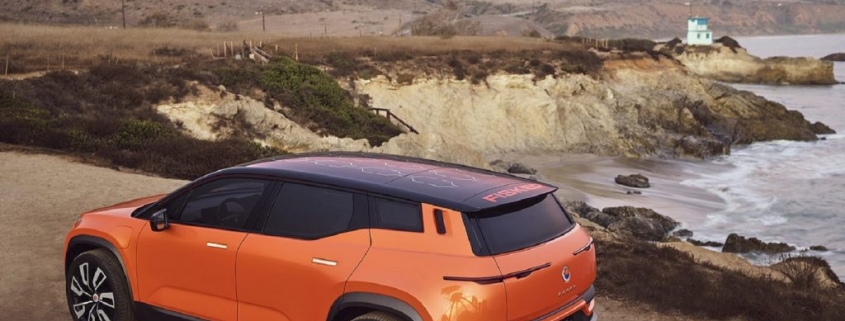Is Fisker Automotive a Scam? All Indications Point to One Answer
With the feds now taking a look at both Lordstown Motors and Nikola Motor Company, electric vehicle startups are under scrutiny like never before. Especially, when financing is done through a SPAC offering. That’s where Fisker finds itself right now.
Fisker is years away from making cars
SPAC transactions involve going public with an initial public offering. Then, the IPO company merges with a private company that takes on the public listing. So, it is used as a way to bring investment capital when the startup is not manufacturing anything, has no production facilities, and is years away from the possibility of doing so.
Some, like Rivian, have manufacturing capabilities, running prototypes, and a timeline for when production will begin. Others, like Fisker Automotive, don’t. You only need to look at Nikola to see what can happen when a SPAC goes bad. We’re not saying all SPACs are bad, but they lack the same regulations as traditional public offerings.
Where we are at in mid-2021, Fisker has an agreement with Foxconn Technology to manufacture its Ocean SUV. But published reports that it will begin production in 2022 seem impossible without a running, staffed assembly line. With that said, here are some facts about the former and current company that has many investors nervous.
The previous Fisker car venture ended badly

Henrik Fisker, the man behind Fisker Automotive, has manufacturing experience. His former Fisker Karma was manufactured for a short time in 2011. But quality issues and well-publicized cars catching on fire doomed the effort.
The company was storing built Karmas in a New Jersey port not authorized for EV storage. When hurricane Sandy hit the port was flooded, destroying many Karmas. Fisker tried to file insurance claims to recover what the ruined cars represented.
Fisker was one of the fortunate companies to take advantage of the government’s ATVM loan program. The Advanced Technology Vehicles Manufacturing Program was first authorized by the Energy Independence and Security Act of 2007. It planned to loan the startup over half a billion dollars.
Fisker paid back only a small portion of its ATVM loan

Red flags immediately began to be raised. Fisker wound up with almost $200 million as of June 2011. It paid back only a quarter of that loan before filing for bankruptcy. “The jobs that were promised never materialized and, once again, taxpayers are on the hook,” House Energy and Commerce Committee Chairman Fred Upton, R-MI, and Oversight and Investigations Subcommittee Chairman Tim Murphy, R-PA, said.
Forums were ripe with complaints about its warranty plan. Some have said they were charged for things that should have been covered by the warranty. And some service groups said they were never paid for warranty work by the company.
That covers just some of the events that occurred with Fisker’s first effort. Here’s what we know about plans for the current Ocean model. Back in 2016 Fisker touted a breakthrough in graphene production.
Graphene batteries are considered the future of chargeable systems. But as of now, it is expensive to manufacture and uses lots of natural resources in doing so. So it’s expensive to make, and only a few companies are currently licensed to manufacture it. Fisker claimed it would be making graphene batteries by 2017. It also claimed it could make it for pennies.
No graphene or solid-state batteries as promised

There were also claims about using solid-state batteries. But that talking point vanished once the company went public. And that’s the other thing about this company.
Many dates have come and gone for when the Ocean will be produced. Now Fisker says sometime in 2022. Things happen, and Tesla is a perfect example. Tesla CEO Elon Musk is famous for predicting when its next new model will debut, only to push it back and back.
We also hear complaints about Henrik Fisker not being an engineer. His background is in transportation design. But neither Musk nor GM CEO Mary Barra has an engineering background. Mostly, these top positions need financial and organizational skills. So that complaint is weak at best.
The engineering and manufacturing challenges are monumental. If it were easy… But as time moves on and companies like GM and Ford begin producing EVs, the economies of scale make the Ocean seem impossible to sell competitively. We wish Fisker the best and hope it becomes a success like Tesla, as far off as that seems.
RELATED: Bombshell: Is The Fisker Karma Co Just One Big Fake?
The post Is Fisker Automotive a Scam? All Indications Point to One Answer appeared first on MotorBiscuit.







